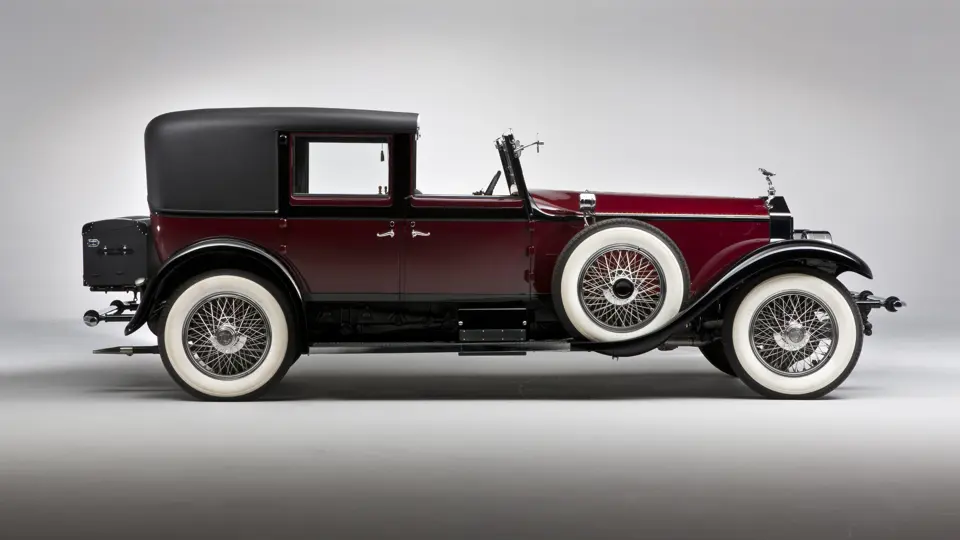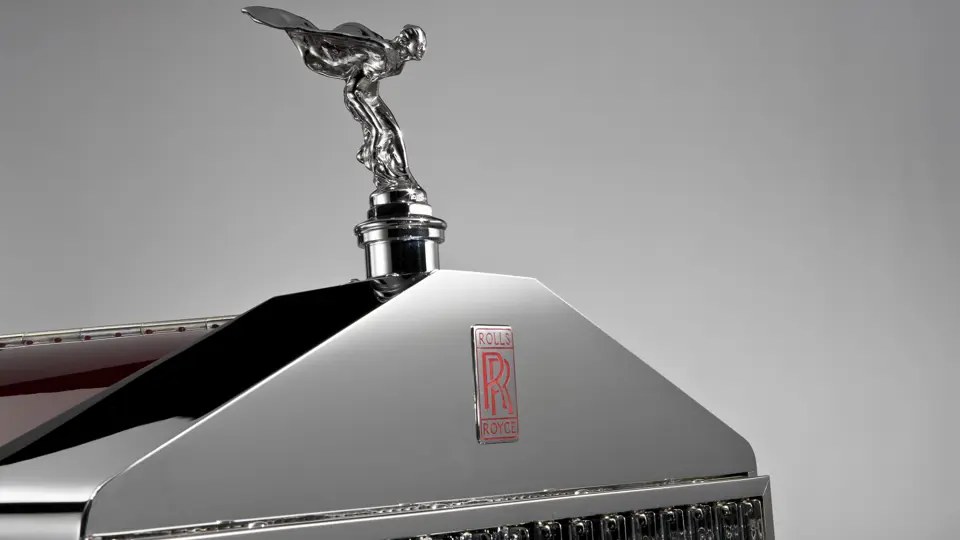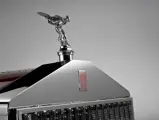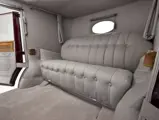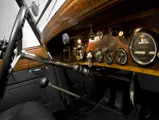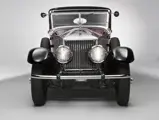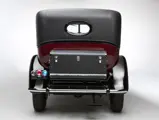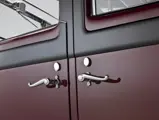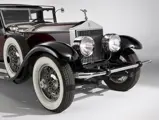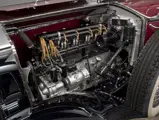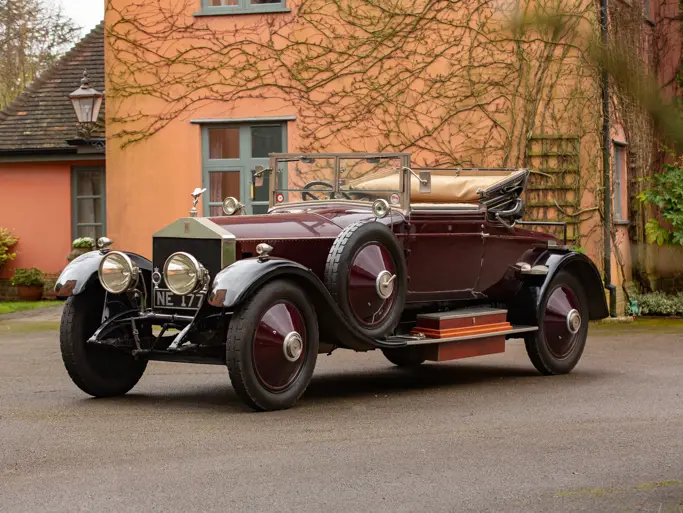40/50 hp, 7,668 cc OHV inline six-cylinder engine, dual ignition with coil and magneto, three-speed manual gearbox, solid front axle with semi-elliptic leaf springs and live rear axle with cantilever leaf springs, and four-wheel servo-assisted brakes. Wheelbase: 146.5"
- No-expense-spared restoration completed in 2010
- Nearly 80 years of single-family ownership
- Springfield chassis, rare Hibbard & Darrin coachwork
- Winner of “Most Elegant Car” at 2010 Glenmoor Gathering
Replacing its elegant but aging Silver Ghost chassis was no easy task for Rolls-Royce, but the New Phantom, which debuted in 1925, was a more than worthy successor. Taking Rolls-Royce into the modern “Roaring 20s” era of motoring, the Phantom rode on an improved version of the Silver Ghost's basic chassis and reflected the marque’s characteristic design philosophy of careful evolution rather than revolution.
Nonetheless, the revisions were sufficient to warrant a new model name. Initially known as the New Phantom but later retrospectively referred to as the Phantom I, the new model featured a new inline six-cylinder engine based on an aluminum crankcase with the cylinders cast in three pairs. A one-piece, detachable cylinder head featured a thoroughly modern, pushrod-actuated overhead-valve arrangement.
Production commenced at Derby, England in 1925 and in 1926 at Rolls-Royce’s Springfield, Massachusetts production facility, where the Phantom I was built with left-hand drive for the North American market. Two wheelbase lengths, 143.5 and 146.5 inches, were offered for the Springfield cars, providing the ability to accommodate a multitude of custom-built bodies from the American coachbuilding industry. Prior to the October 1929 stock-market crash, Springfield production was as high as 12 Phantom I chassis per week. Phantom I construction continued through 1932 at Springfield, while the model had already been supplanted by the Phantom II at Derby in 1929. In all, about 1,240 Phantom Is were built at Springfield.
Springfield-built Phantom I chassis number S275FP, this elegant example from 1928 features bodywork penned by the famed American designers Thomas Hibbard and Howard “Dutch” Darrin. Introduced by a friend, they immediately hit it off and ended up in Paris in 1923 selling Minervas. Astutely sensing a strong and growing market for luxury bodies on upscale chassis during the 1920s, their company Hibbard & Darrin arranged with Vanden Plas in Brussels to build them. Subsequently, body construction shifted to D’Ieteren Frères, but when business improved significantly, Hibbard & Darrin established their own shops on the periphery of Paris, while designing and selling cars from a prestigious location on the Champs-Elysées. At the time, they produced body designs for chassis produced by Mercedes-Benz, Packard, Stutz, Hispano-Suiza and, of course, Rolls-Royce. While the firm’s work for Rolls-Royce mostly involved Derby-built chassis, Hibbard & Darrin also designed and built 35 bodies for Springfield-built Phantom Is, being built and supplied “in the white” to Brewster for the Rolls-Royce Custom Coach Work (RRCCW) program. Accordingly, these Hibbard & Darrin-bodied Phantom Is rank among the least common, yet most treasured, Phantom Is ever produced.
Delivered new to a prominent family near Pittsburgh, Pennsylvania, this Phantom I Town Car was known to the descendents of the original owner as “Grandma's car” until it was acquired by the current owner just a few years ago. As an unmolested, single-family car until very recently, little research was required for the current owner to restore the Phantom I to its original majesty. The noted Ohio-based Rolls-Royce expert Steve Littin was enlisted to help complete a very thorough restoration.
The elegant and unique Hibbard & Darrin bodylines lend themselves well to the maroon-and-black two-tone finish. The noted classic Rolls-Royce restoration expert Brian Joseph was commissioned to recreate a genuine leather-trimmed roof in the style of the original. In addition to the Phantom’s trademark radiator grille and “Spirit of Ecstasy” mascot, period features include dual side-mounted spare wheels and tires, dual cowl lamps, dual side-view mirrors, an external rack-mounted luggage rack and trunk and tail lamps. Befitting its bespoke origins, the open leather-upholstered chauffeur’s compartment features an inlaid-wood dash and door cappings, with a crank-operated division window separating it from the rear-passenger compartment, which is trimmed in grey broadcloth upholstery. A pair of matching jump seats, as well as privacy shades, abundant inlaid-wood trim, open storage compartments and striking “Greek Key” upholstery accents, round out the interior appointments. This Phantom I features factory-correct chrome trim and wire wheels as originally equipped, rather than the nickel-plated items typically seen on Rolls-Royce models up until 1928.
Littin's Vintage and Auto Rebuilds also took stock of the massive engine, installed a new clutch and recreated, from scratch, a new radiator. Though the restoration is merely one year old, we are told the Phantom I has already accumulated sufficient mileage to verify that it runs properly and as it should. On the show field, the quality of its restoration and presentation was amply confirmed by the achievement of Most Elegant Car honors at the 2010 Glenmoor Gathering. With single-family ownership for about 80 years and striking Hibbard & Darrin coachwork, this is certainly one of the most attractive Phantom Is we have ever had the pleasure of offering.
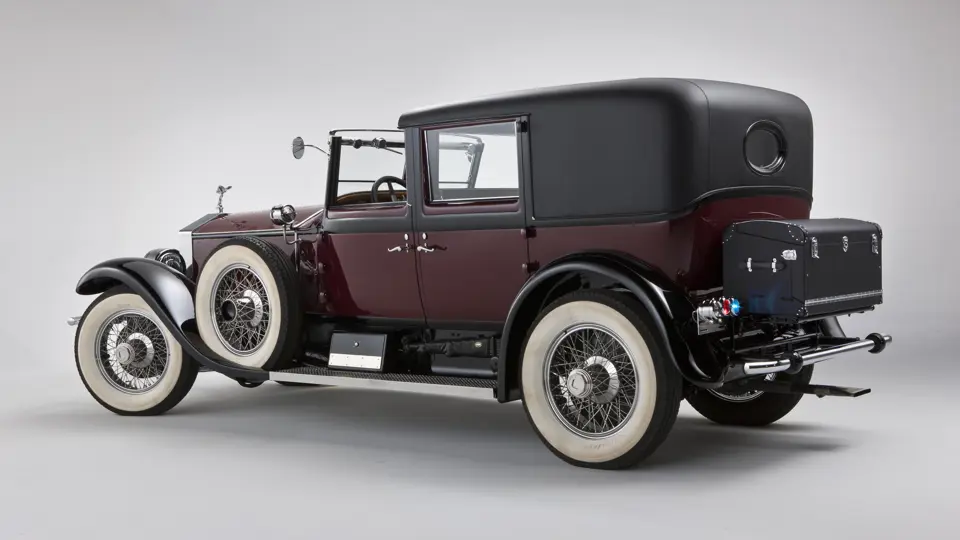
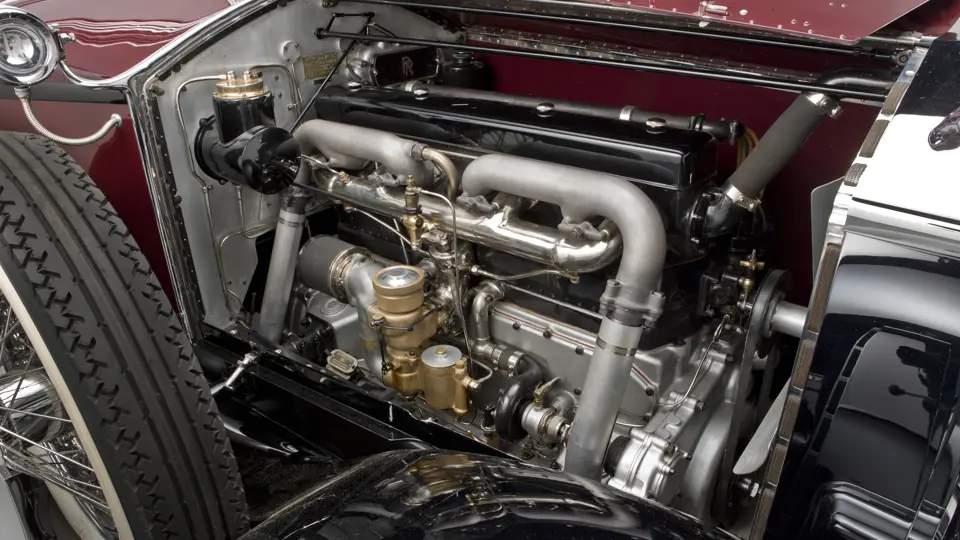
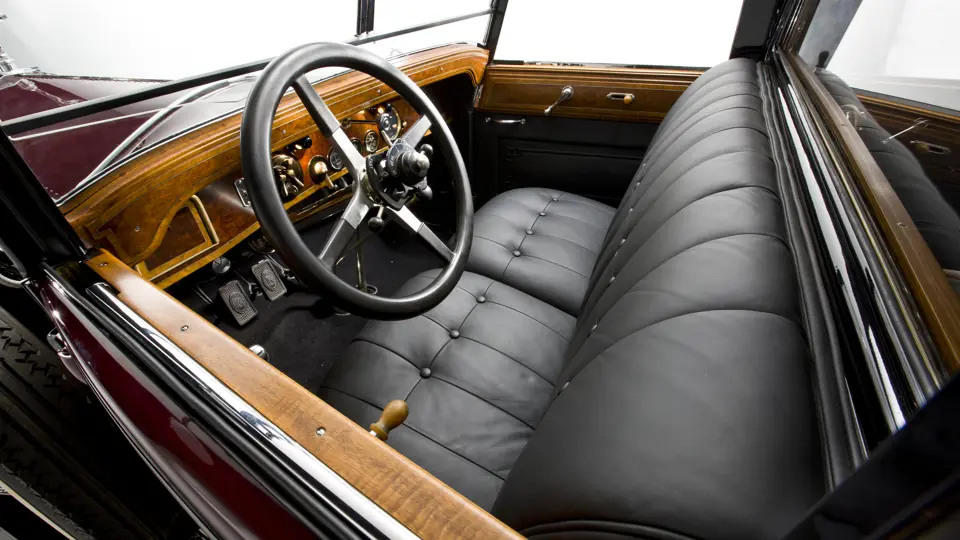


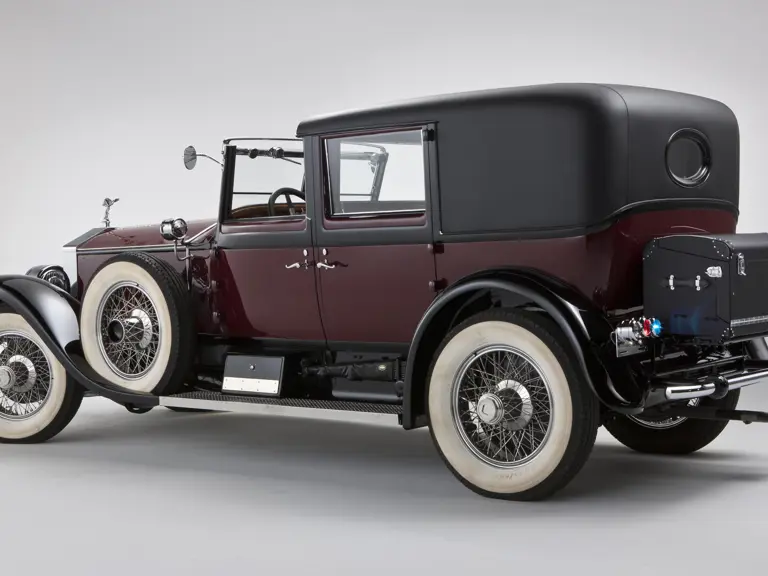
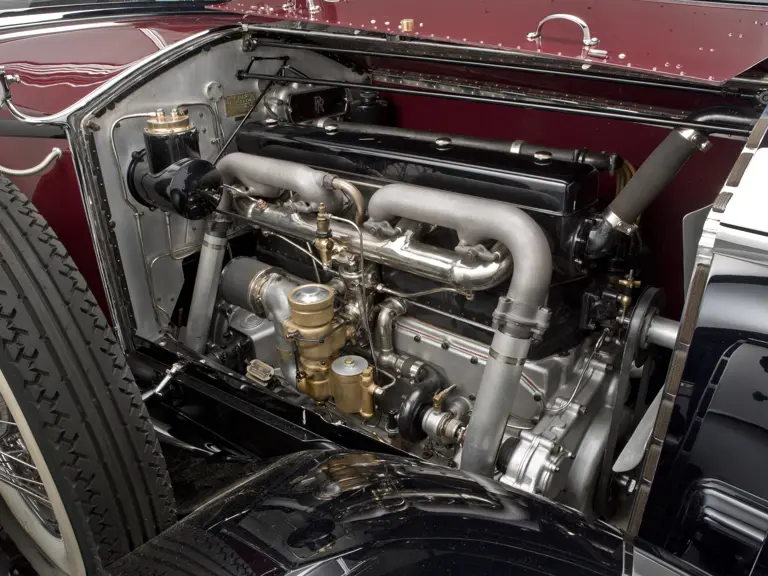
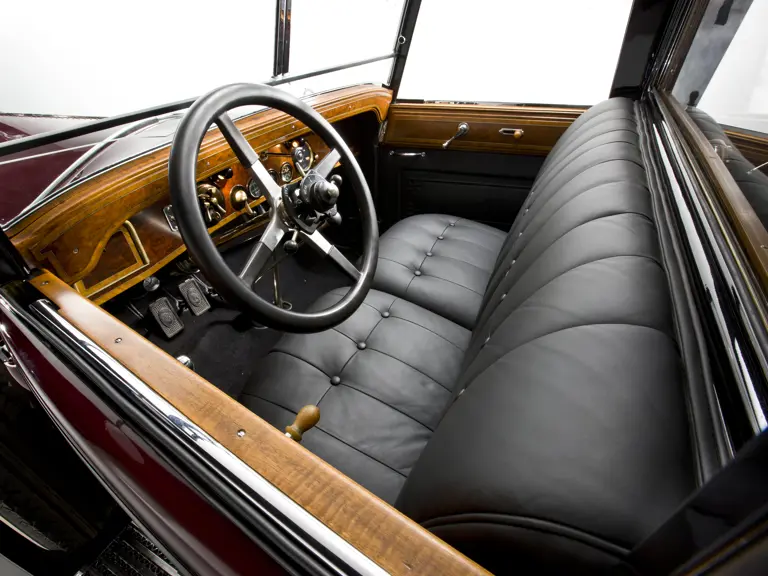
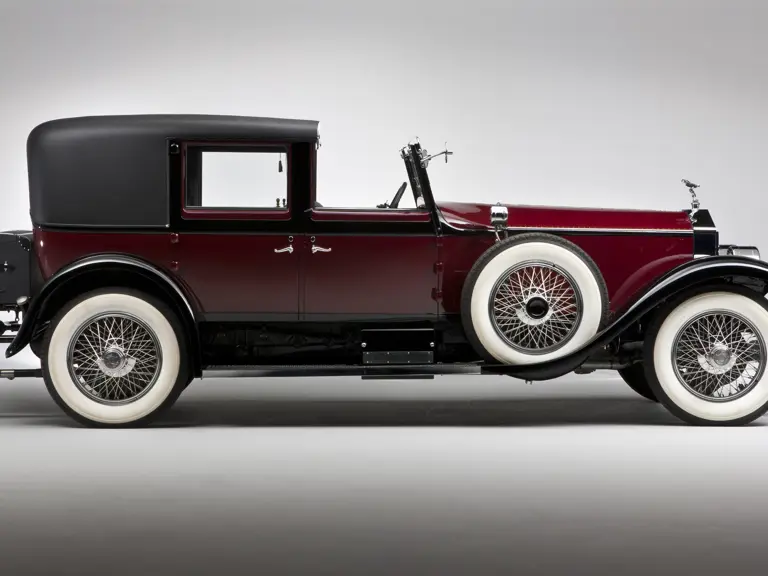

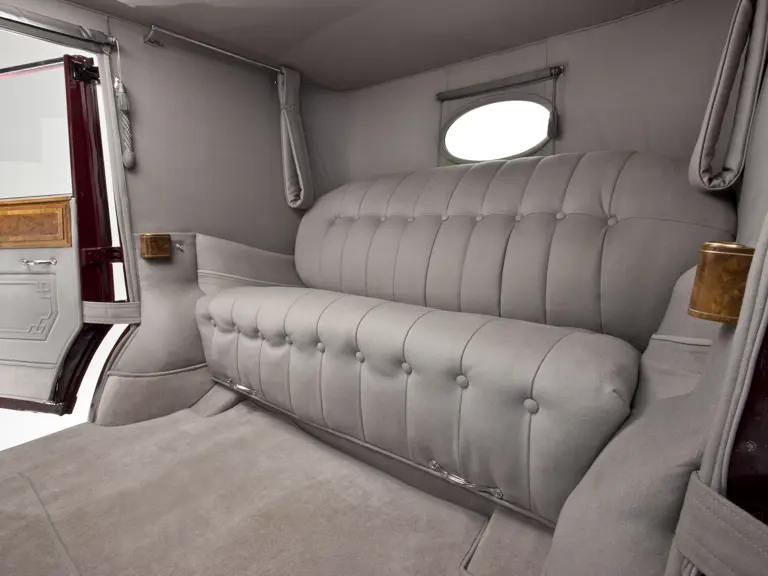
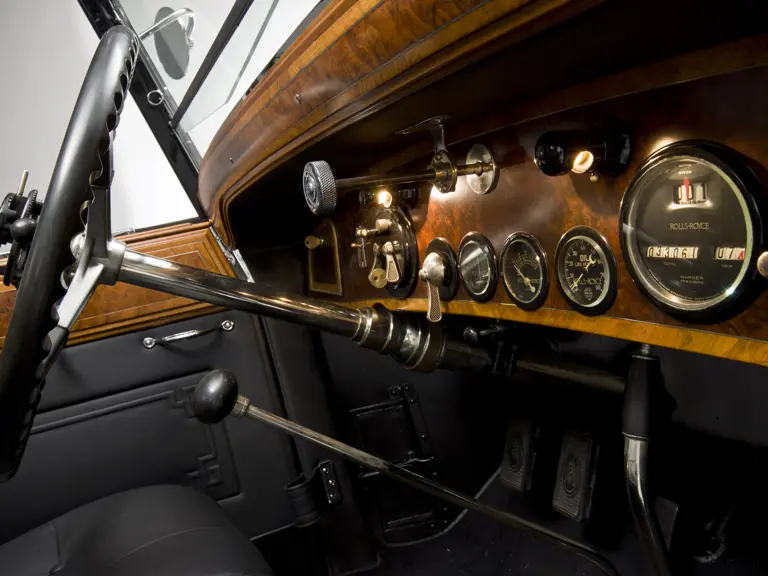
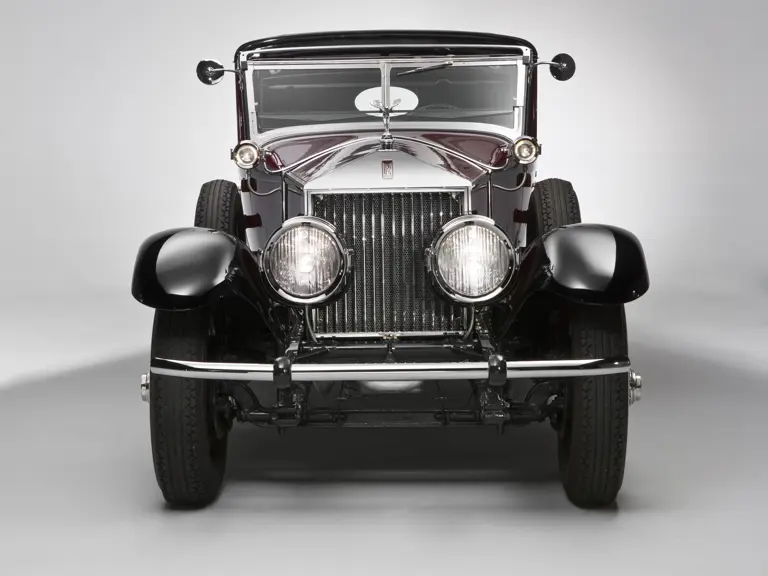
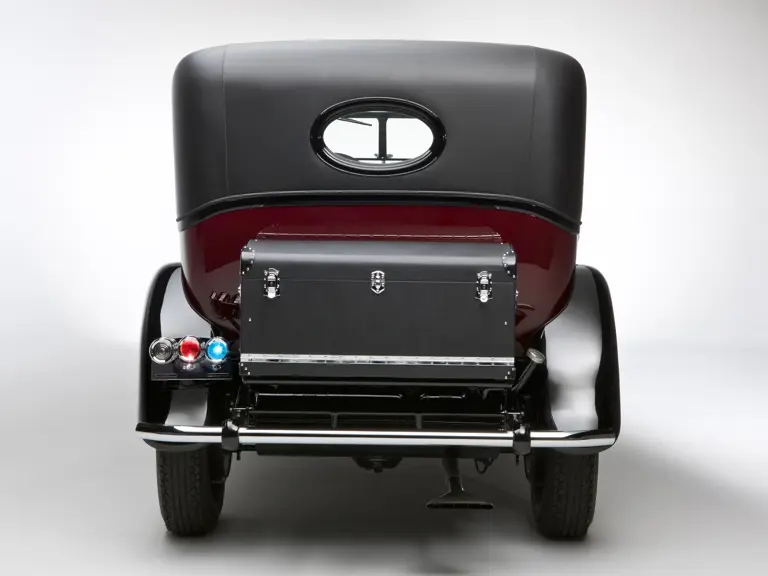

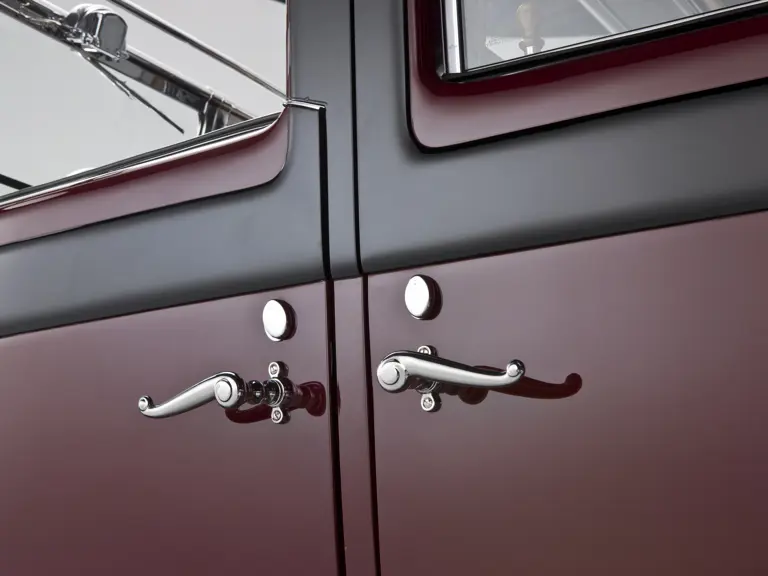

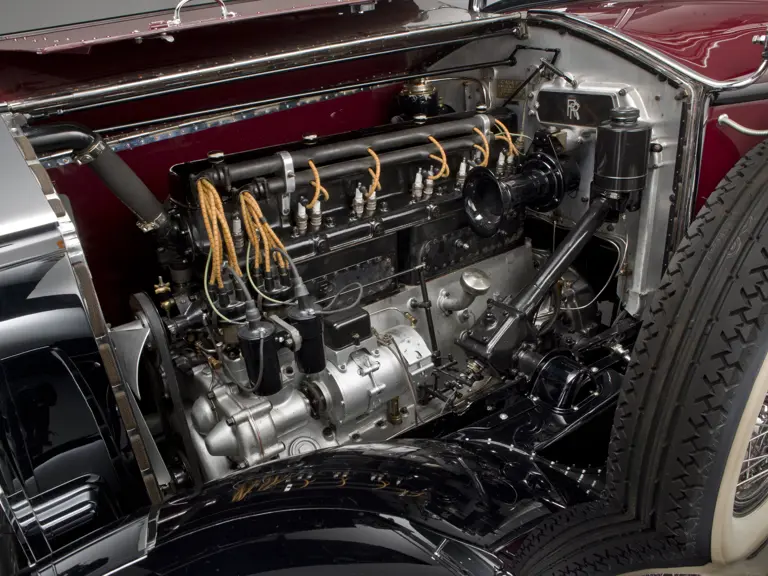
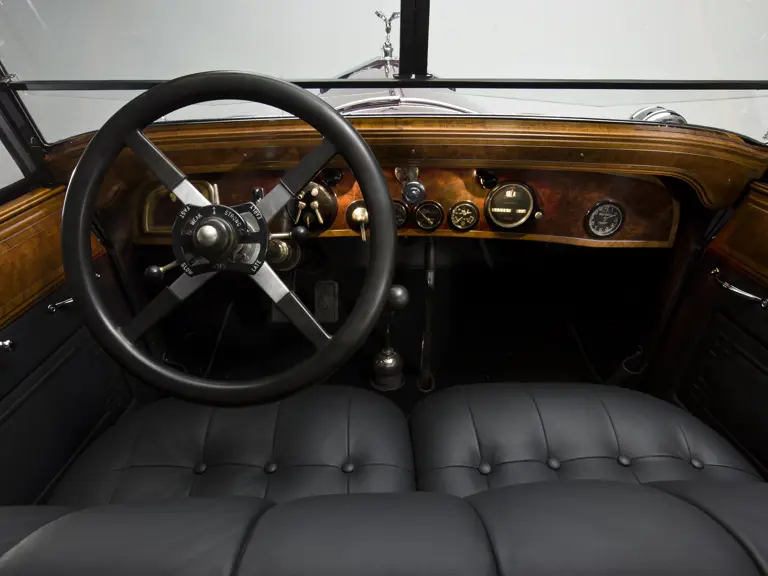
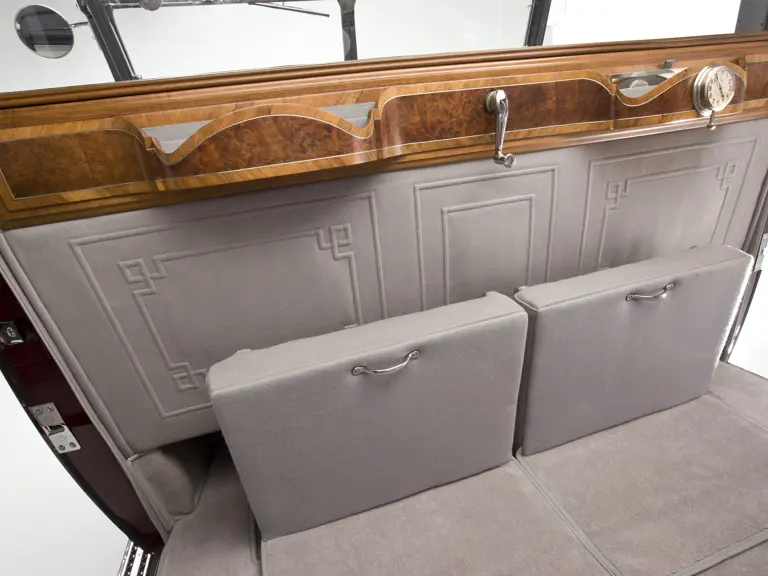
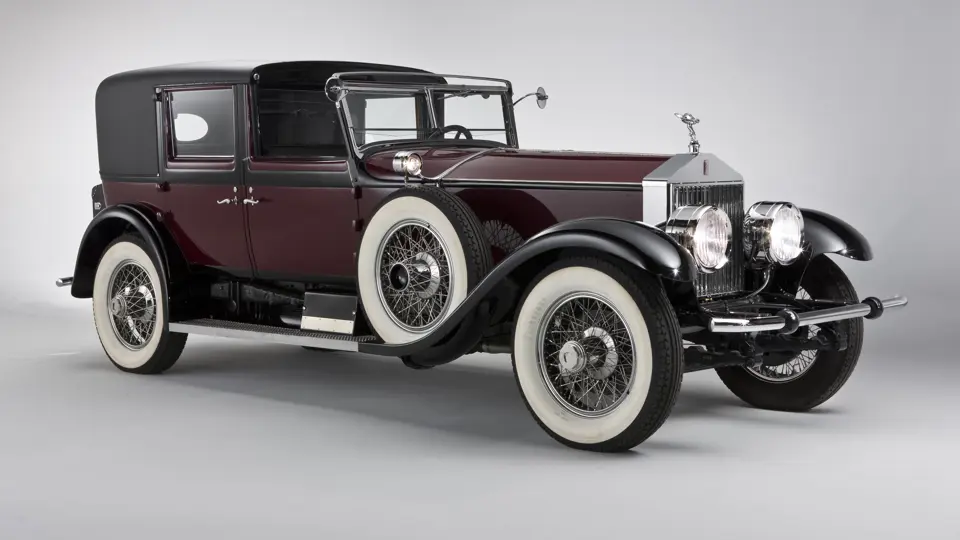
 | Monterey, California
| Monterey, California
